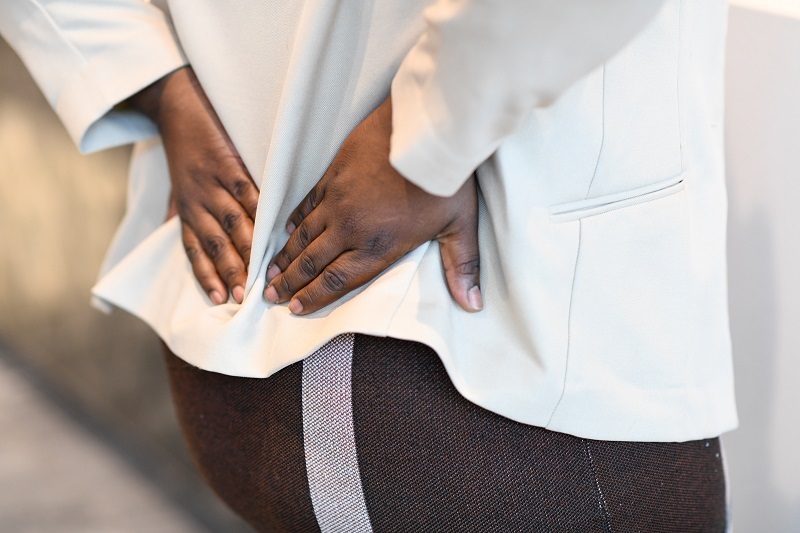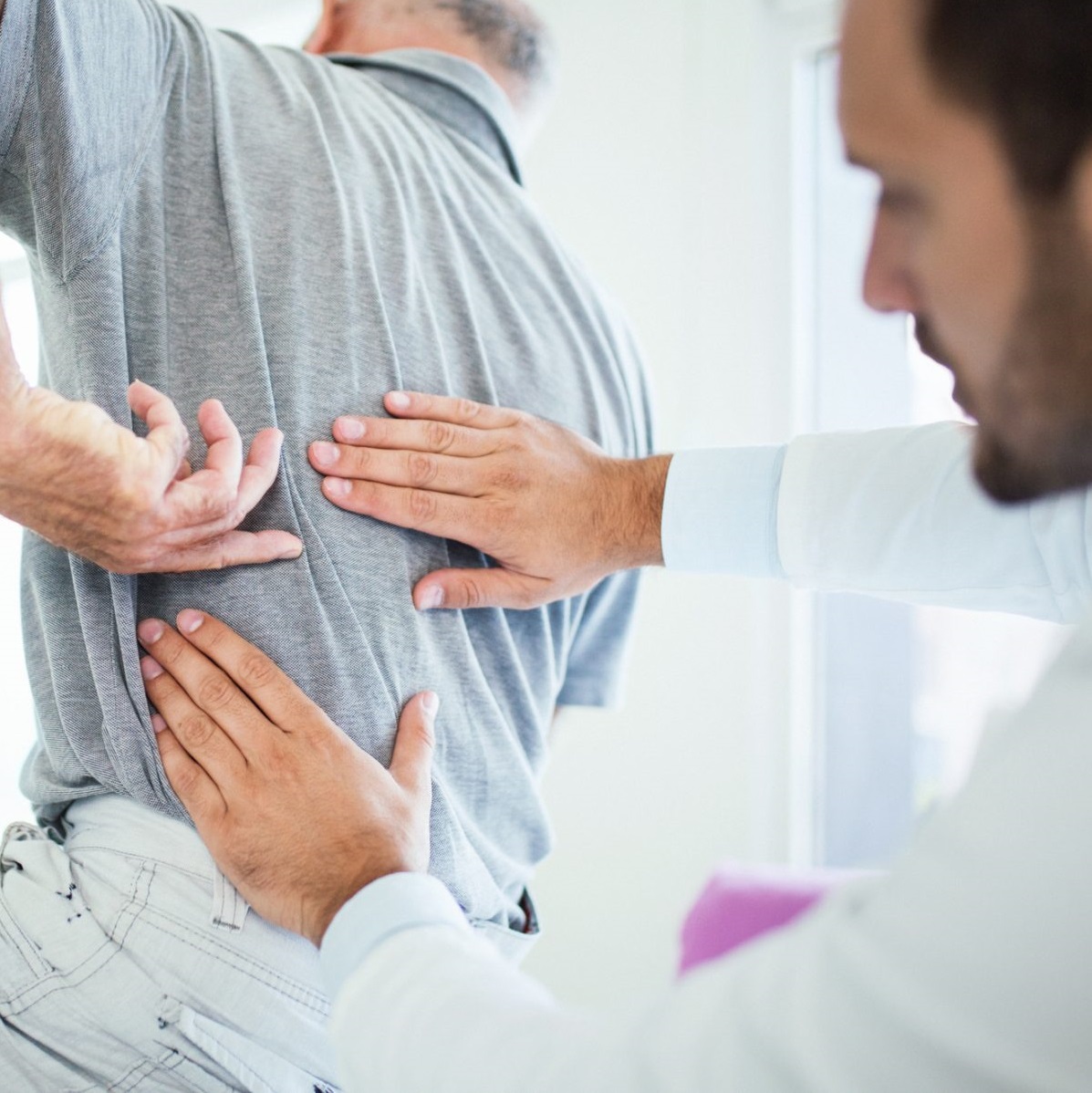What’s the Source of Your Back Pain?

July 13, 2023
At some point in life, most of us will experience some type of back pain, particularly lower-back pain. In fact, the National Institutes of Health reports that more than 80 percent of us will experience an episode of lower-back pain at some point in our lifetime.
But how do you know the source of your back pain, and what you can do to help it?
Preetpaul Bagi, M.D., orthopedic surgeon at Pascack Valley Medical Center, says that most back pain is classified in two categories:
- Mechanical: This is the most common type of back pain that occurs when the bones or joints in the lower back are injured or strained from trauma or overuse.
- Inflammatory: This is less common and happens when “the body creates inflammation in response to itself rather than an injury,” says Dr. Bagi. In other words, the immune system attacks the body, resulting in inflammatory pain.
Mechanical Back Pain
There are a variety of causes for mechanical back pain including:
- Muscle strain as a result of injury or prolonged poor posture
- Back spasms
- Disc bulges (also known as herniated discs)
- Disc degeneration (more common with aging)
Dr. Bagi notes that people who have had prior back issues can easily inflame that previously damaged tissue.
Treatment: “Treatment will depend on the exact cause of the inflammation, but most people will experience a reduction of inflammation on their own at home if they rest and modify their activities,” says Rafael Levin, M.D., spine and orthopedic surgeon at Pascack Valley.
Over-the-counter pain medication, ice and heating pads can also help, he says.
“After the first week, the pain should start to decrease,” Dr. Bagi says. “As you continue to heal, stretching the lower back, hips and hamstrings can help the process. Core exercises can also keep the back supported and help prevent future injury or strain.”
If your pain does not improve with rest, Dr. Bagi says several options are available including:
- Physical therapy to strengthen muscles and improve posture
- Imaging to better understand the cause of your pain
- Injections to decrease inflammation
- Surgery, which is usually a last resort if other measures have been unsuccessful, and the pain is debilitating
Inflammatory Back Pain
This type of chronic pain is associated with inflammatory arthritis that causes inflammation in the spine:
- Ankylosing Spondylitis: This is a chronic inflammatory form of arthritis that generally affects the spine. Symptoms usually begin in young adulthood and gradually worsen as the vertebrae in the spine fuse together.
- Rheumatoid Arthritis: While this chronic condition usually targets smaller joints such as fingers, wrists, knees and toes, it can affect the back as well. Onset can be gradual or sudden and usually appears in people between the ages of 25 and 50.
Treatment: Unlike with mechanical back pain, rest may not help with inflammatory back pain. Diagnosis for these chronic conditions is usually done through blood work instead of imaging. These conditions are long-lasting, but treatment can be tailored to a person’s circumstances and allow most people to live normal, full lives. Often, patients may be prescribed a nonsteroidal anti-inflammatory drug (NSAID). But staying active, stretching and modifying movements can also help manage symptoms.
When to See a Doctor for Back Pain
Regardless of the source of your back pain, talk to your doctor if you are in severe pain or if the pain doesn’t improve after a week or two with rest and activity modification.
You should see a doctor right away if you experience any pain, weakness or odd sensations in your lower extremities at any time. These are concerning symptoms that could indicate a nerve issue and may need urgent attention.
“You know your body best, so if you are concerned at all, it’s better to talk to your doctor earlier rather than later,” Dr. Levin says.
Next Steps & Resources:
- Meet our sources: Preetpaul Bagi, M.D., and Rafael Levin, M.D.
- Learn more about robotic spinal surgery at Pascack Valley Medical Center
The material provided through HealthU is intended to be used as general information only and should not replace the advice of your physician. Always consult your physician for individual care.






